SUMMARY
This is AI generated summarization, which may have errors. For context, always refer to the full article.
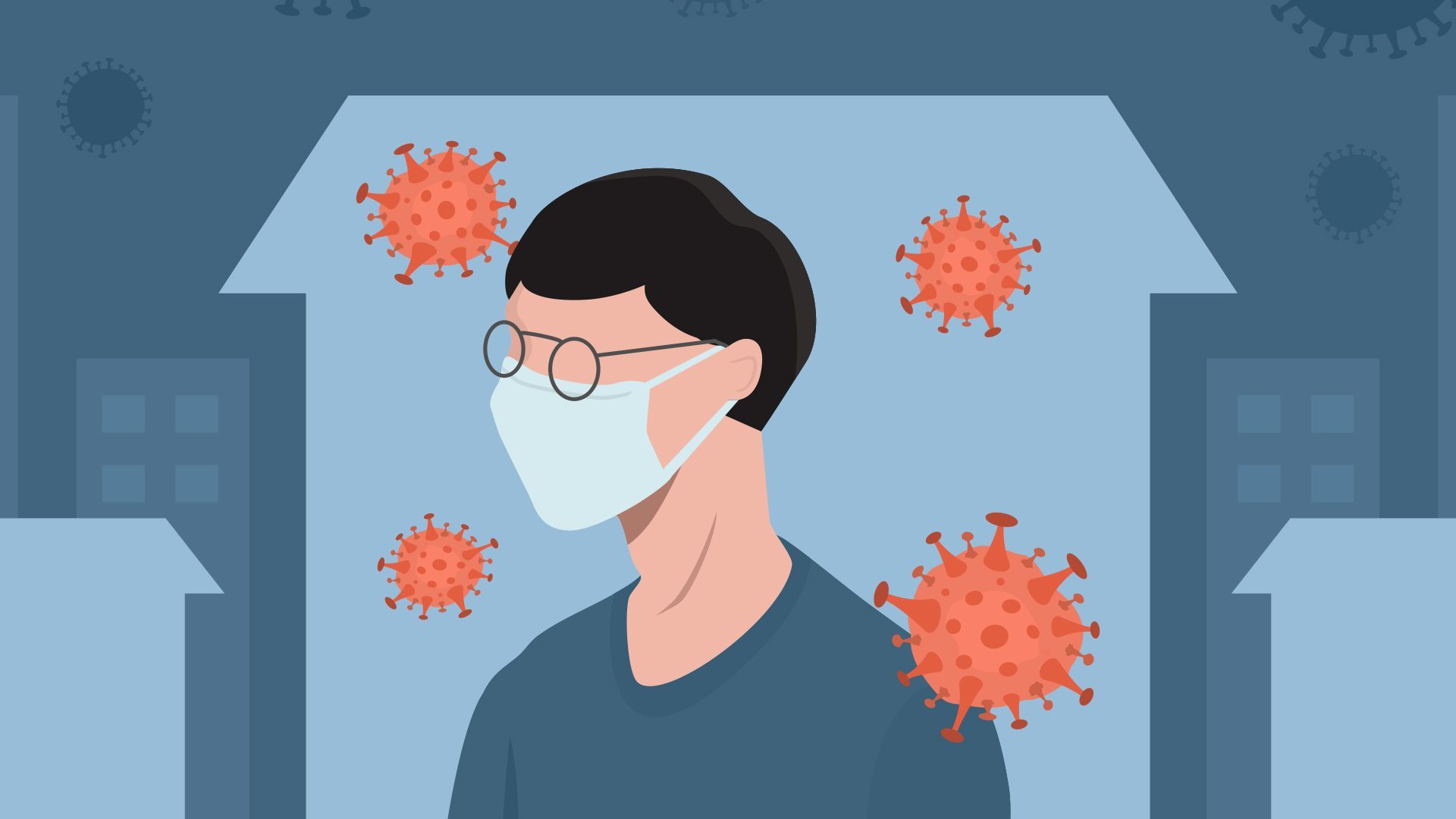
MANILA, Philippines – With growing lists of friends and family sick with COVID-19 in recent weeks, it seems the virus is closer to us more than ever. For the past two years, many Filipinos have managed to avoid a direct brush with the disease, following minimum health practices and navigating risks present in everyday activities.
Omicron has complicated all that. The latest variant of concern that emerged on the global scene in late November 2021 has spread fast and far around the world, spurring record-breaking caseloads in several countries in just a few weeks’ time. (READ: COVID-19 Weekly Watch: How worrisome is Omicron?)
If you were exposed to someone with COVID-19 or tested positive for the virus yourself, here’s what you need to do, based on advice from the Department of Health (DOH).
If in contact with a COVID-19 case
First, determine your exposure.
You’ll need to know if you were a close contact of a probable or confirmed COVID-19 case to know what to do next.
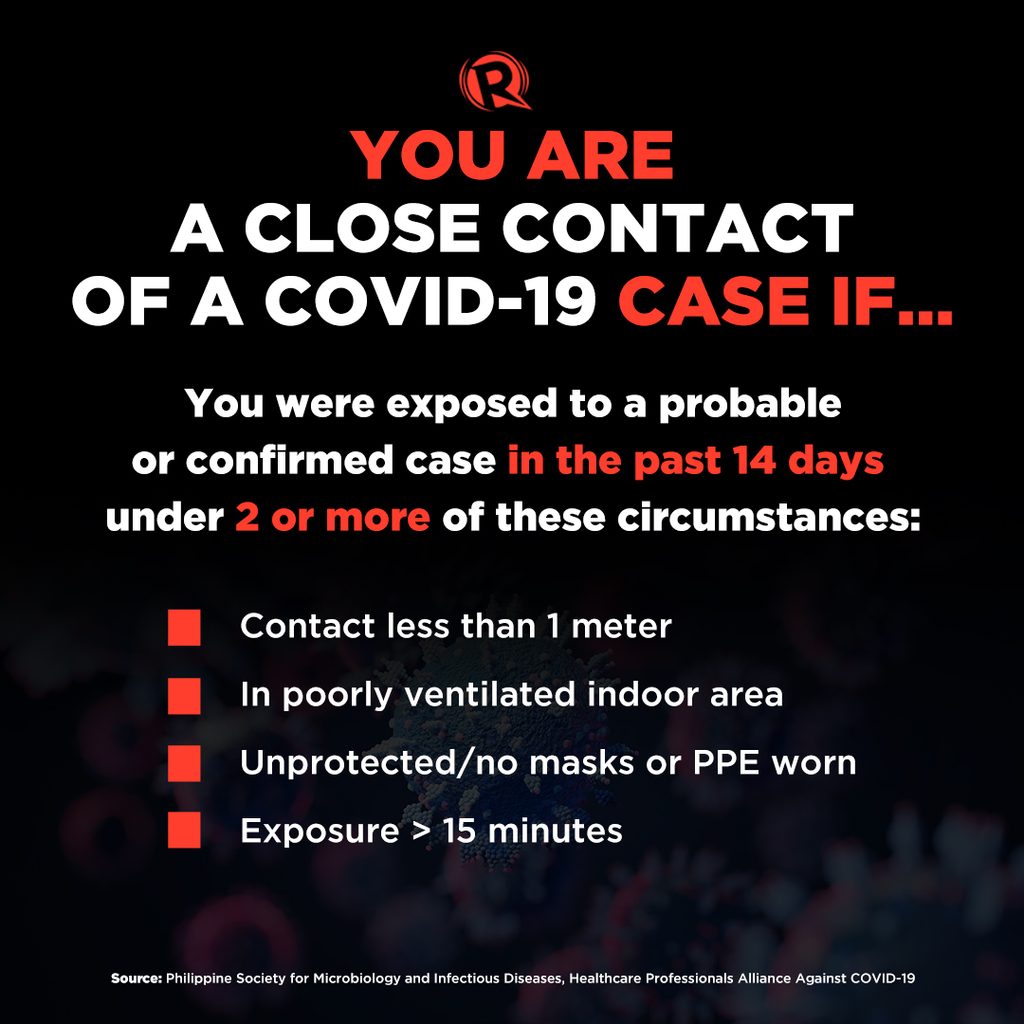
If you’re a close contact, you’ll need to quarantine. Why? If you think you’ve been exposed to the virus, you need to separate yourself from others as a precaution in case you may be infected and symptoms haven’t manifested yet.
As of January 14, the DOH advised the following for quarantine length:
- Fully vaccinated – 7 days from last exposure, with continued monitoring of symptoms up to 14 days
- Partially vaccinated or unvaccinated – 14 days from last exposure
Health officials said that proper mask wearing and strict observance of health protocols should also be done even after quarantine to avoid infection. If you start to experience symptoms while in quarantine, you should immediately isolate and follow isolation protocols found further below.
In addition to this, the Healthcare Professionals Alliance Against COVID-19 (HPAAC) recommended that individuals who are close contacts “must separate from non-exposed members of the household,” and stay home in a separate room.
Take note, day 0 is your last day of exposure.
When should you test?
If you’re showing symptoms, test right away and keep to yourself while waiting for results.
Otherwise, the best time to test would be 5 to 7 days after the last exposure.
If you’re using an antigen test, check below for DOH’s directions on how to read its results. Remember, antigen tests work best on patients already showing symptoms.
If symptomatic:
- Antigen positive – You’re highly likely positive for COVID-19. Isolate immediately.
- Antigen negative – Isolate immediately and test with RT-PCR.
If exposed to a COVID-19 case but asymptomatic:
- Antigen positive – You’re likely positive. Isolate immediately.
- Antigen negative – Quarantine and test on 5th day after exposure
If not exposed and no symptoms showing:
- Antigen positive – You need to isolate immediately and consult a doctor
- Antigen negative – Follow safety protocols, including mask wearing, frequent hand washing, observing distancing, ensuring good ventilation
If you’re using a PCR test, depending on the result:
- If negative – You can end your quarantine on 7th day if you’re fully vaccinated, or on the 14th day if you’re partially or unvaccinated.
- If positive – Keep reading below:
If positive for COVID-19
Whether or not you’re experiencing symptoms, you need to isolate if you test positive for COVID-19. If you’re showing symptoms and waiting for your test results, you’ll also need to isolate.
If you’re in doubt and experiencing symptoms, it is best to isolate and test on the 5th to 7th day since your last possible exposure.
If you can’t get access to a test, it is best to follow isolation guidelines below.
As of January 14, the DOH advised the following for isolation:
- For asymptomatic or mild cases: 7 days from the onset of symptoms or a positive test
- For moderate cases (regardless of vaccination status) – 10 days from the onset of symptoms
- For severe or critical cases (regardless of vaccination status) : 21 days from the onset of symptoms
- For positive immunocompromised individuals (regardless of vaccination status): 21 days from the onset of symptoms with negative repeat RT-PCR test
If you’re asymptomatic and start experiencing symptoms in isolation, you need to isolate 10 days from the onset of symptoms.
For immunocompromised individuals, the DOH clarified that such patient’s physicians determine the degree of immunocompromise and may take actions that are better suited to each individual and situation.
Once you turn positive, experts Rappler spoke to advised to inform all your close contacts of your status. To determine who these people might be, go back to how a close case is defined up top.
It’s also very important that you contact a healthcare professional to keep tabs on you or a loved one until recovery. The healthcare professional can properly assess your situation and determine what actions to take if your case progresses.
According to HPAAC, if you test positive and check off any of the following, you should contact your local health provider immediately:
- Over 60 years old
- With comorbidity
- Have shortness of breath
- Have unstable vital signs
These individuals are considered high-risk and have higher chances of developing severe or critical COVID-19.
The following telemedicine services have been vetted by the DOH:
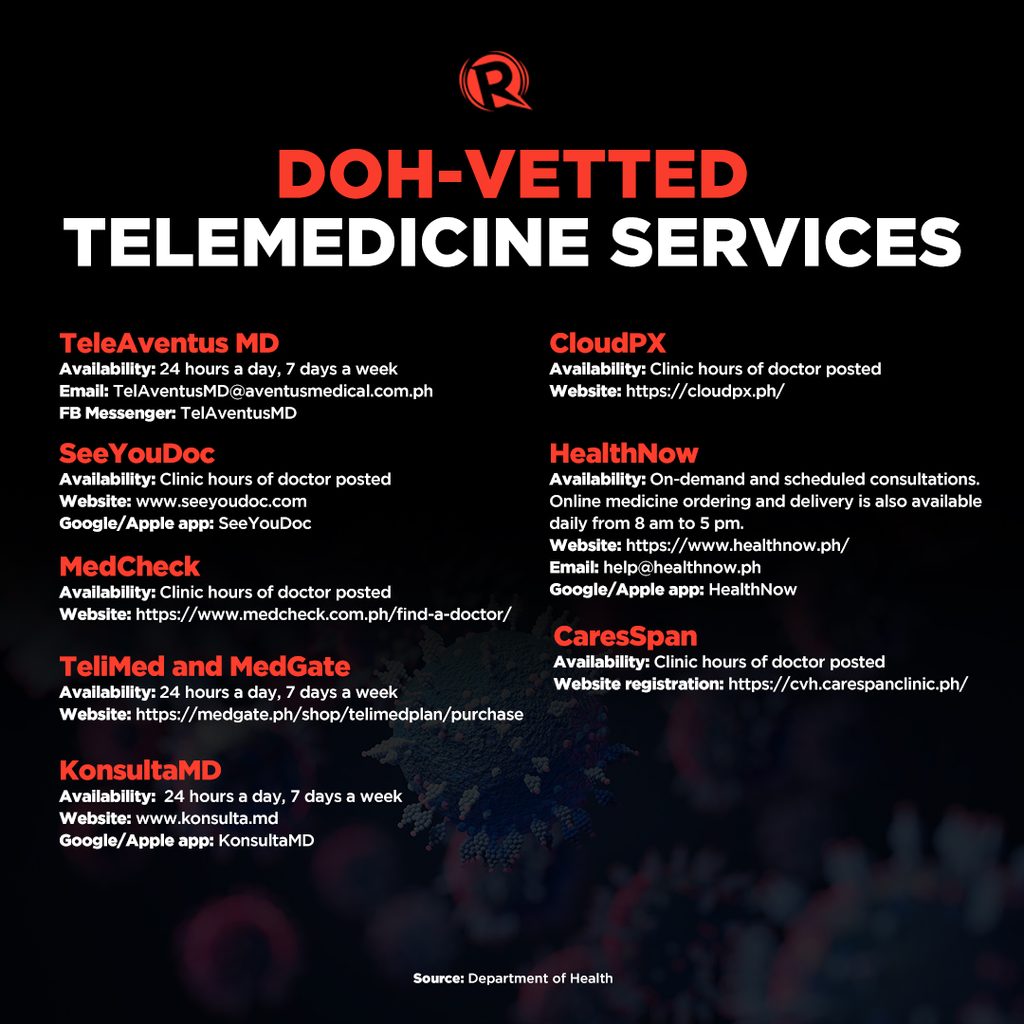
For more detailed steps on what to do in isolation at home, check this guide:
If you need to transfer from your home to an accredited isolation facility, check this guide:
The following checklist may also help determine if you can isolate safely at home:
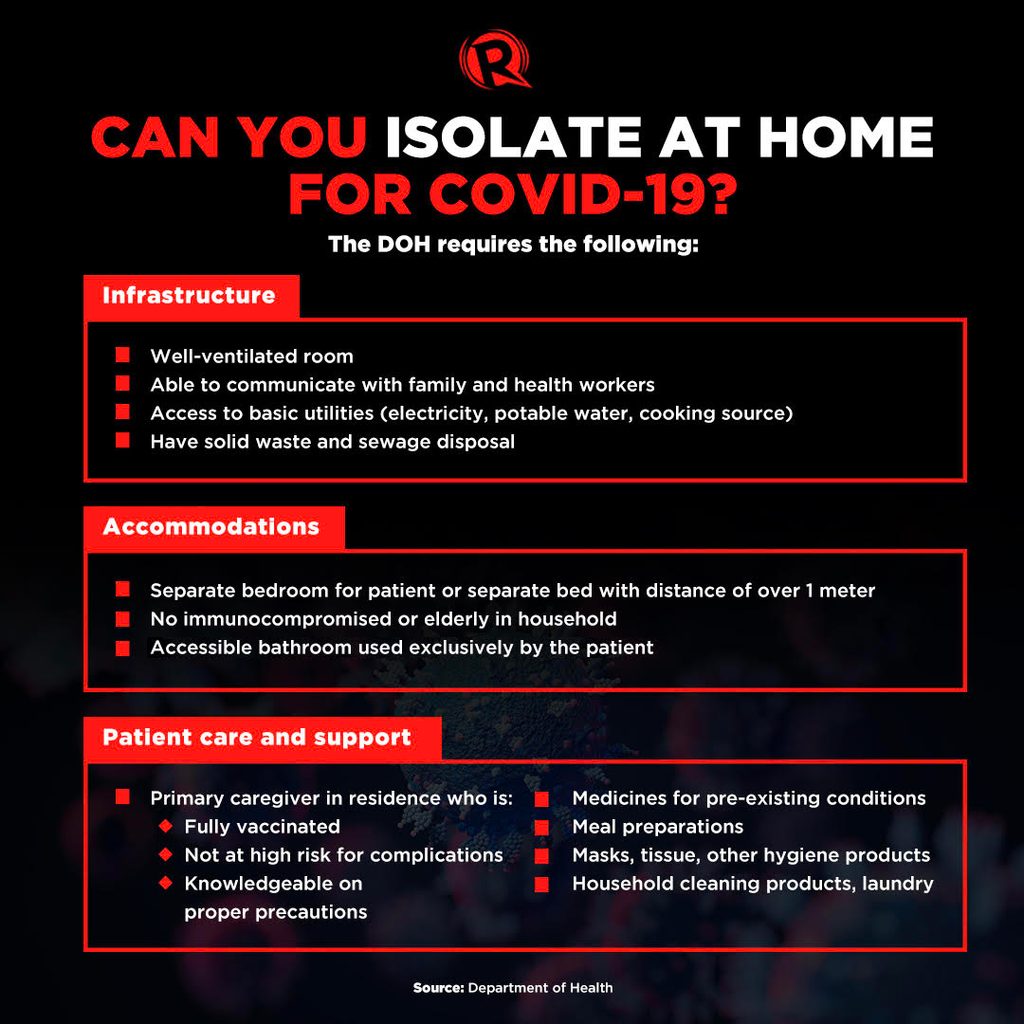
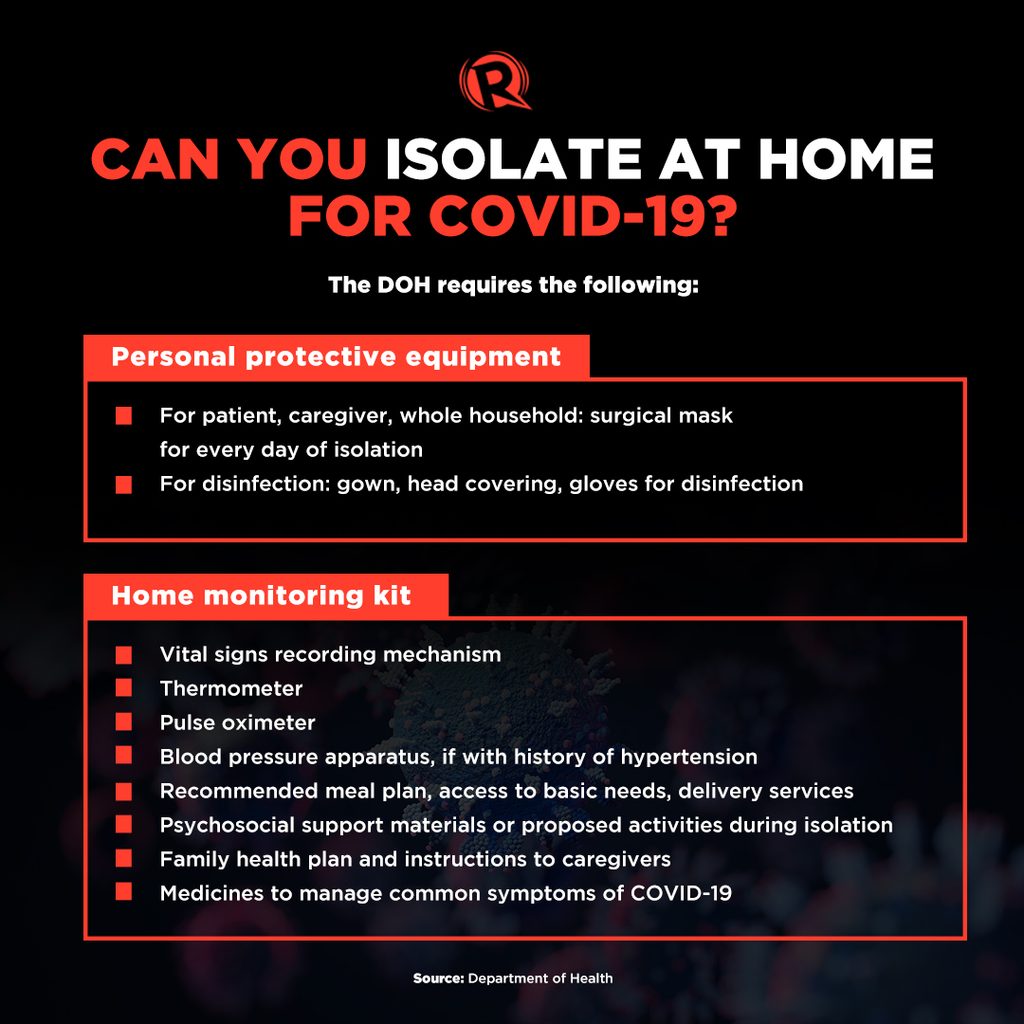
The DOH shared the following medicines may also help relieve COVID-19 symptoms:
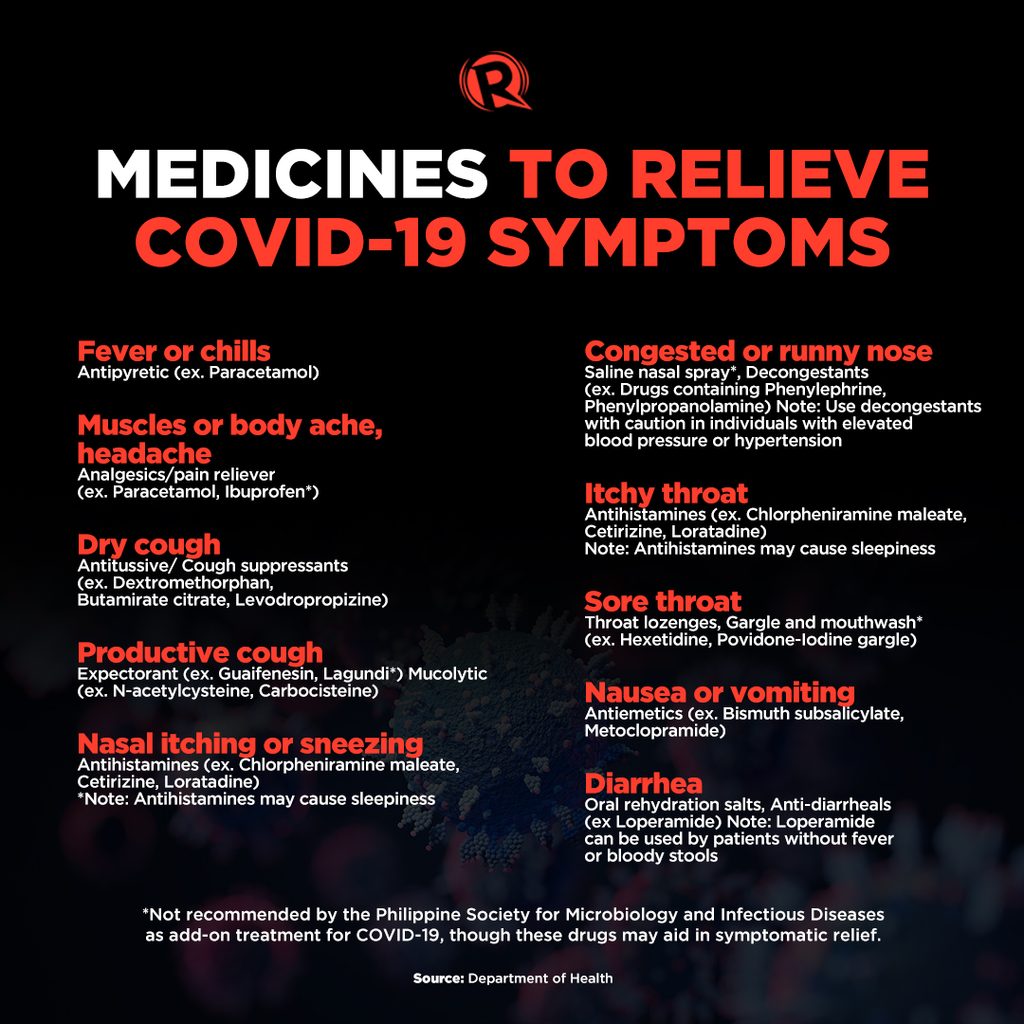
Should I retest myself before leaving isolation or quarantine?
No, the DOH said there is no need to retest as long as you completed quarantine or isolation and meet the following criteria:
Leaving isolation
- If asymptomatic – Did not experience any symptoms in the 10 days since getting tested
- With mild symptoms – Did not experience any symptoms and considered clinically recovered in the last 3 days
- If severe or critical – Did not experience any symptoms and considered clinically recovered in the last 3 days
Leaving quarantine – If the period of 5 days (fully vaccinated) or 14 days (partially vaccinated or unvaccinated) is completed and no symptoms were experienced
Remember, you really don’t want to end quarantine or isolation before completing the required number of days. Risking it can lead to a lot of other people getting sick. Plus, you need to allow yourself to recover from COVID-19, too.
What do I do now that I’ve recovered?
It’s important to keep safe, so once you’ve completed your quarantine or isolation, keep wearing your mask properly and observing other minimum health practices, like observing distance, ensuring good ventilation, frequent hand-washing, and covering your nose and mouth when you cough or sneeze.
Maintain a healthy diet and lifestyle and, if you haven’t yet, get vaccinated against COVID-19. – Rappler.com
Add a comment
How does this make you feel?
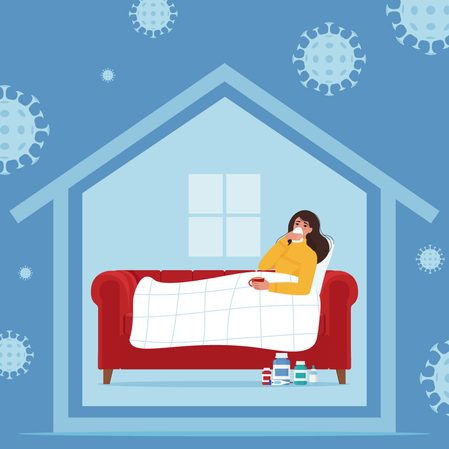
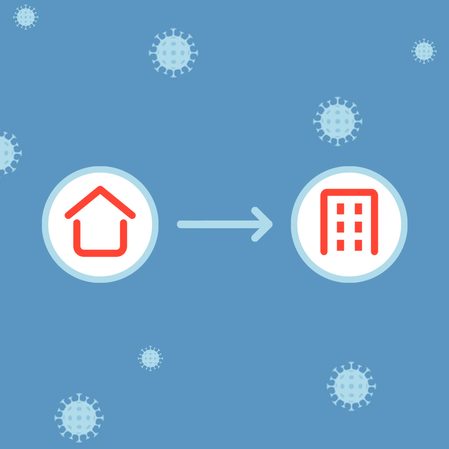
There are no comments yet. Add your comment to start the conversation.